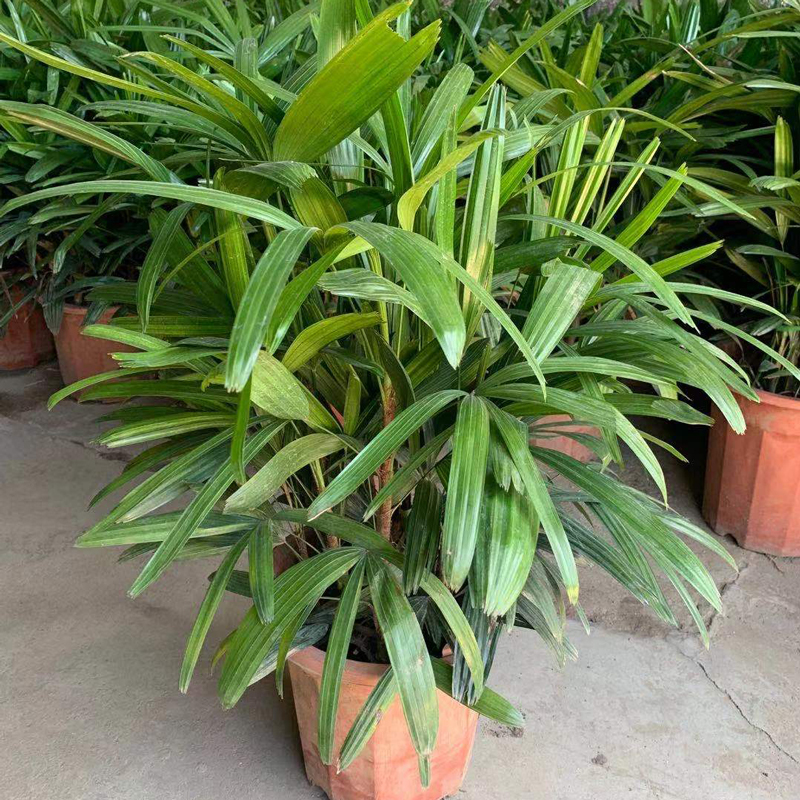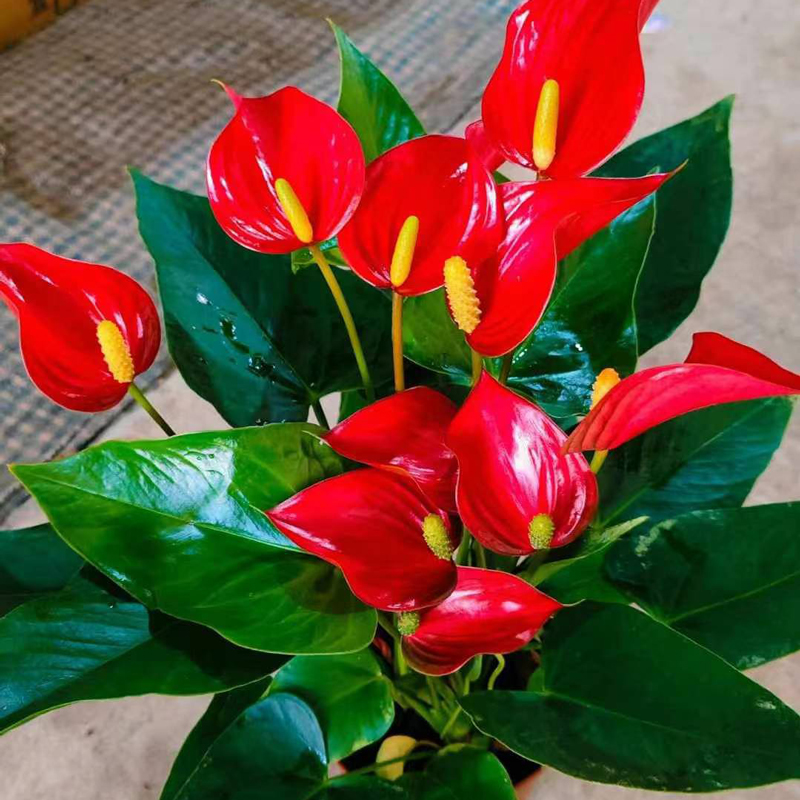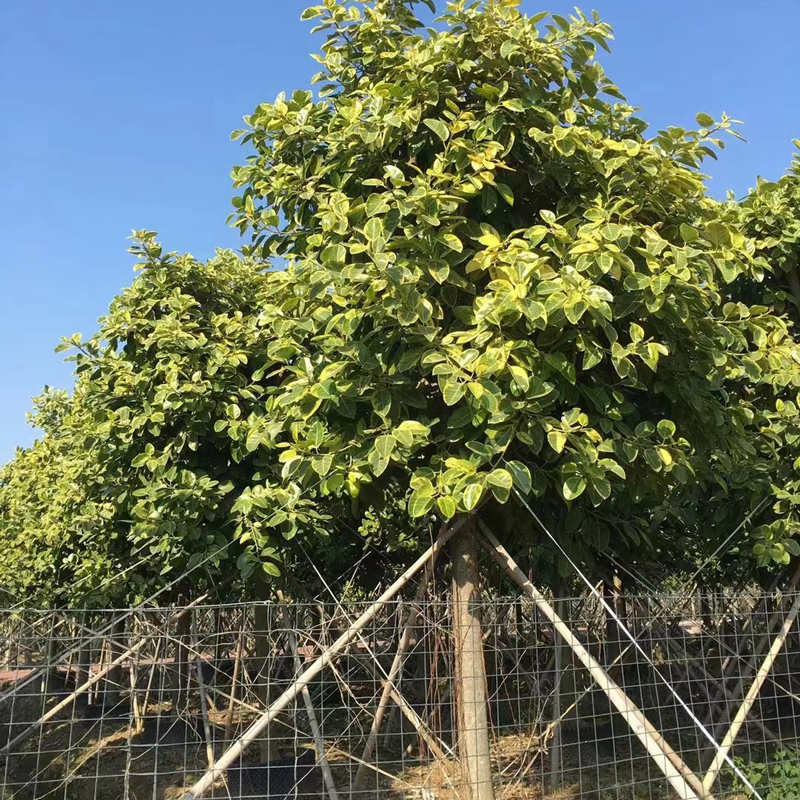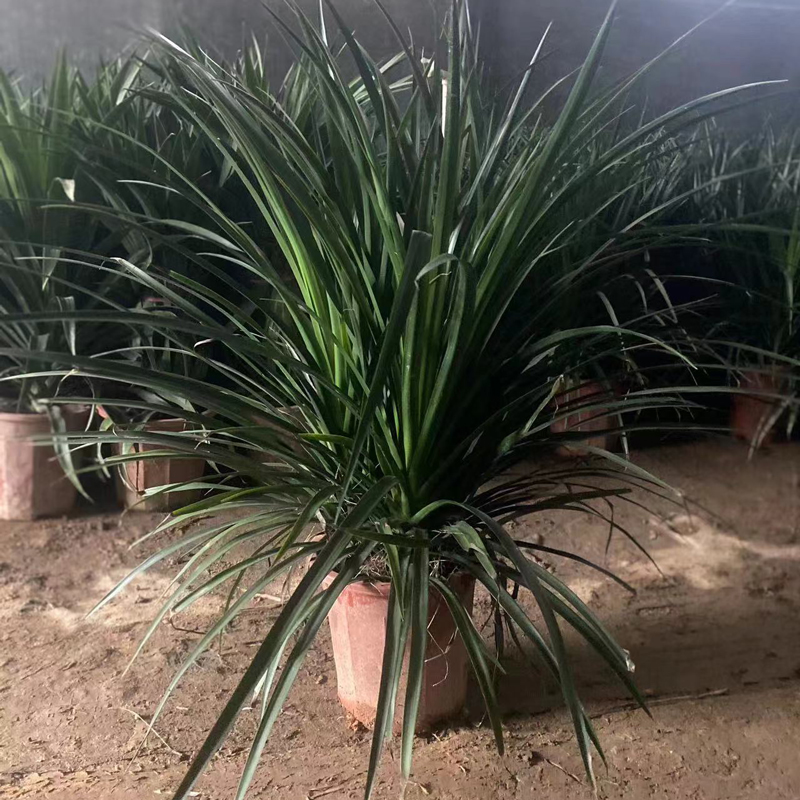
Chinese manufacturers of corrugated dragon fruit
Chinese manufacturers of corrugated dragon fruit
Dragon Fruit, or Petita, has long won the hearts of exotic fruits. But did you know that there are several varieties of this wonderful plant, and one of the most unusual is a corrugated dragon fruit? Its characteristic tuberous peel, as if collected in folds, attracts attention and causes curiosity. Chinese manufacturers play a key role in growing and exporting this interesting fruit, introducing innovative technologies and constantly improving their methods.
A variety of varieties and regions of growing
In China, many varieties of corrugated dragon fruit are grown, differing in size, color of the pulp (from white to red) and, of course, degree? Corrugated? peel. The regions most favorable for its cultivation are located in the southern provinces, where a warm climate and a sufficient amount of sunlight contribute to a high harvest. Farmers use various methods of cultivation, from traditional to modern ones, using modern watering and fertilizer technologies, which provides high quality and number of fruits.
Innovation and export
Chinese manufacturers are actively introducing innovations in the field of growing and processing a corrugated dragon fruit. This includes the development of new varieties with improved characteristics, the introduction of automation systems on farms, as well as the improvement of storage and transportation methods, which allows you to maintain freshness and the quality of fruits when delivered over long distances. Export of a corrugated dragon fruit from China is constantly growing, providing access to this exotic delicacy to consumers around the world. Thanks to high quality and competitive price, Chinese manufacturers successfully compete in the world market.
Conclusion
The corrugated dragon fruit is a vivid example of a successful Chinese agriculture. Thanks to an innovative approach and a constant desire for excellence, Chinese manufacturers provide high quality products and its availability for millions of consumers around the world. This exotic fruit, with its unusual appearance and pleasant taste, continues to gain popularity, and Chinese farmers play a significant role in this.
AppropriateProducts
Corresponding products
The best soldproducts
The best -selling products-
 View Plants-Ray Bird
View Plants-Ray Bird -
 Subtropical plants-drone the terminal with beautiful leaves
Subtropical plants-drone the terminal with beautiful leaves -
 The cultivation of anturium seeds is white
The cultivation of anturium seeds is white -
 View plant plants
View plant plants -
 Growing seeds-large leaf of palm bamboo
Growing seeds-large leaf of palm bamboo -
 Small anturium pots red
Small anturium pots red -
 Ornamental - a large red flower.
Ornamental - a large red flower. -
 View plants-gold palm
View plants-gold palm -
 View Palma Plants with scattered leaves
View Palma Plants with scattered leaves -
 Fruit trees-mango
Fruit trees-mango -
 Stylish Banyan tree plants
Stylish Banyan tree plants -
 View plants-green treasures
View plants-green treasures
















